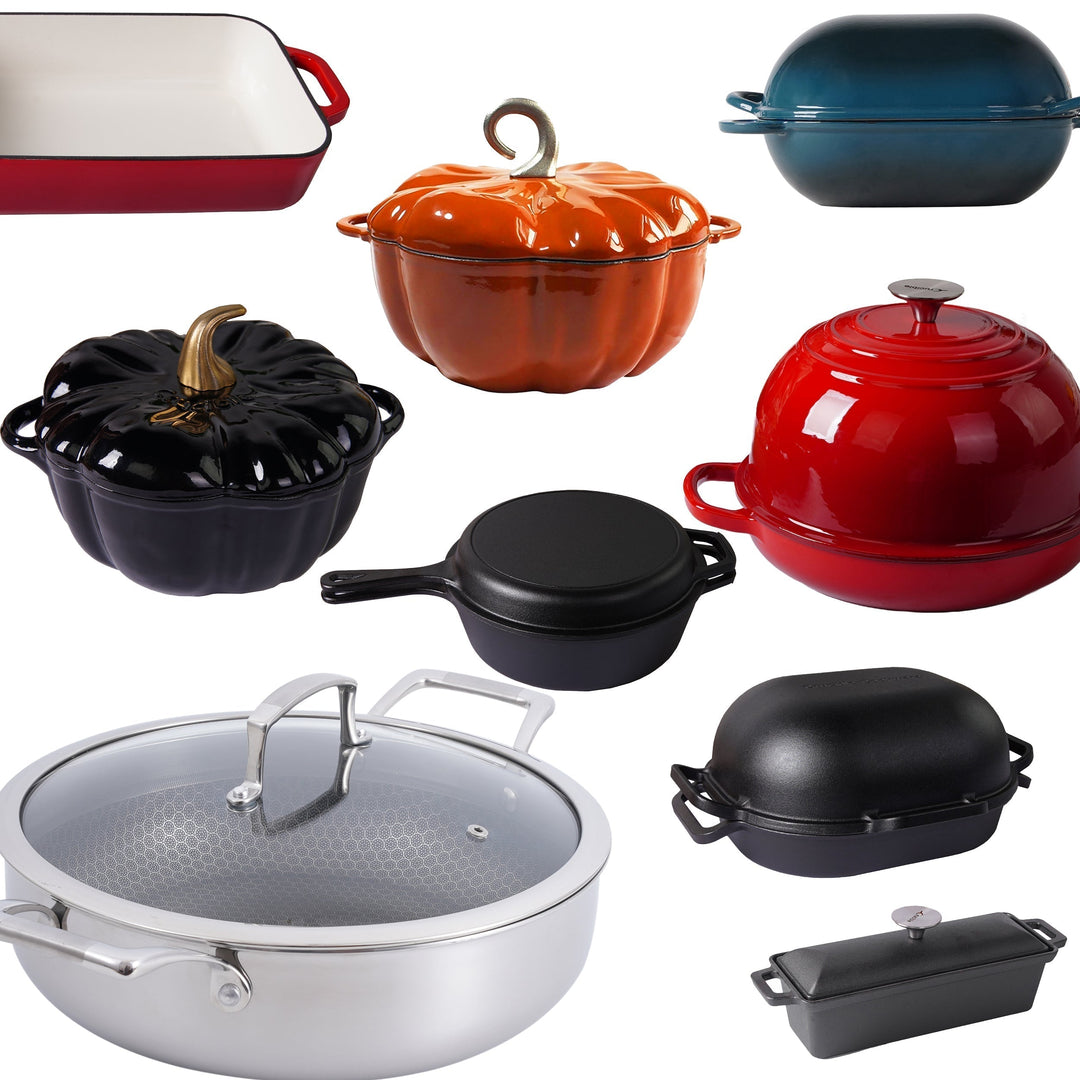The Golden Treasure of the Forest: All About Chanterelle Mushrooms

Chanterelle mushrooms — known for their bright golden hue, fruity aroma, and delicate, peppery flavor — are one of nature's most prized wild mushrooms. Coveted by chefs and foragers alike, chanterelles are not only delicious but also packed with nutrients and health benefits. Whether you're an experienced forager or a curious home cook, this guide will help you understand everything you need to know about chanterelles: where they grow, when to find them, how to cook and store them, and why they deserve a place in your kitchen.
🌿 Where and When Chanterelles Grow
Chanterelles (genus Cantharellus) grow wild in forests across North America, Europe, Asia, and parts of Africa. They prefer moist, shady woodland environments and are typically found near hardwood trees like oaks, birches, beeches, and conifers like pines and spruces.
-
Season: Chanterelle season varies by region but generally spans late spring through early fall. In warmer climates, you might spot them as early as May, while in cooler northern areas, peak season is usually July through September.
-
Growing Conditions: They thrive in damp soil after heavy rains, especially when followed by warm weather. They often grow in clusters, scattered across mossy ground or leaf litter.
⚠️ Note: Chanterelles have toxic lookalikes, such as the jack-o'-lantern mushroom (Omphalotus illudens). Always double-check identification or consult an expert before consuming wild mushrooms.

🧬 Nutritional Value of Chanterelles
Chanterelles are as healthy as they are tasty. They're low in calories and fat but rich in essential nutrients:
| Nutrient | Amount per 100g (raw) |
|---|---|
| Calories | ~38 kcal |
| Protein | ~1.5 g |
| Fiber | ~3 g |
| Vitamin D | High (especially when exposed to sunlight) |
| Vitamin C | Moderate |
| Potassium | ~506 mg |
| Iron | ~3.5 mg |
| Beta-carotene | Present |
Chanterelles are also a natural source of antioxidants, including ergothioneine, which may help protect cells from oxidative stress.
💪 Health Benefits of Chanterelles
-
Immune Support – Rich in vitamin D and beta-glucans, chanterelles may help strengthen the immune system.
-
Anti-inflammatory – The antioxidants in chanterelles may help reduce inflammation in the body.
-
Eye Health – Chanterelles contain carotenoids (like beta-carotene and lutein), which are good for eye health.
-
Bone Health – Thanks to vitamin D and phosphorus, they support strong bones and teeth.
-
Heart Health – Their potassium content helps regulate blood pressure and supports heart function.
🍽️ Cooking with Chanterelles
Chanterelles are prized for their fruity aroma (reminiscent of apricots) and mild peppery flavor, which deepens with cooking. Here are some popular dishes:
✅ Simple Preparations:
-
Sautéed Chanterelles – Lightly cook with butter, garlic, and herbs. Perfect as a side or over toast.
-
Chanterelle Omelet – Sauté mushrooms, then fold into eggs with a touch of cream and cheese.
-
Creamy Mushroom Soup – Add to a velvety broth of cream, garlic, shallots, and thyme.


🍝 Hearty Meals:
-
Chanterelle Risotto – Stir into creamy risotto with parmesan and white wine.
-
Wild Mushroom Pasta – Sauté chanterelles with leeks and toss with pasta, cream, and lemon zest.
-
Chanterelle Pizza – Top a white pizza with chanterelles, goat cheese, and arugula.

🥣 Chanterelle Bouillon (Mushroom Broth):
A deeply flavorful broth made from chanterelles, herbs, and aromatics. It's perfect as a base for soups, sauces, or simply sipped on its own. Use mushroom trimmings, stems, or dried chanterelles for a zero-waste option.
Pro tip: Freeze in small portions and use to enrich risottos, grains, or gravies throughout the season.

🍄 Other Ways to Enjoy:
-
Pickled Chanterelles – Great in salads, charcuterie boards, or as a tangy snack.
-
Mushroom Pâté – Blend with nuts, garlic, and olive oil for a rich, earthy spread.
-
Chanterelle Tart or Quiche – Combine with custard, leeks, and cheese in a savory crust.
💡 Cleaning Tip: Avoid soaking or washing under running water, as chanterelles absorb moisture easily. Instead, brush gently or wipe with a damp towel to preserve flavor and texture.
🧊 How to Store Chanterelles
Fresh chanterelles are delicate and should be handled with care. Here’s how to store them properly:
-
Refrigeration: Store unwashed chanterelles in a paper bag or wrapped in a paper towel inside the fridge. They'll stay fresh for about 5–7 days.
-
Freezing: Sauté them first (raw freezing can cause texture loss), then freeze in airtight containers for up to 6 months.
-
Drying: Slice and air-dry or use a dehydrator. Rehydrate in warm water for soups and stews.
-
Pickling or Canning: Long-term storage with added flavor — great for antipasto or charcuterie boards.

🧭 Foraging Tips and Safety
-
Learn to positively ID chanterelles before foraging — use multiple field guides or go with an experienced forager.
-
Chanterelles are often found on the same forest floor each year — once you find a spot, mark it!
-
Bring a basket or mesh bag (not plastic) to allow spores to spread and keep mushrooms fresh.
🌟 Fun Facts About Chanterelles
-
In French cuisine, they’re called “girolles” and are highly prized in gourmet dishes.
-
Some cultures refer to them as the “queen of the forest.”
-
They are mycorrhizal, meaning they live in symbiosis with tree roots, helping trees absorb water and nutrients.

🧾 Conclusion
Chanterelle mushrooms are a wonderful example of nature's bounty — delicious, nutritious, and versatile. Whether you're cooking a cozy autumn meal or enjoying the thrill of a forest forage, chanterelles bring elegance and depth to any dish. With their unique flavor and wide range of health benefits, they deserve a top spot in every seasonal kitchen.
Related topics















Leave a comment